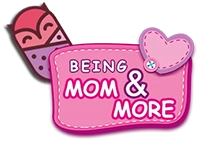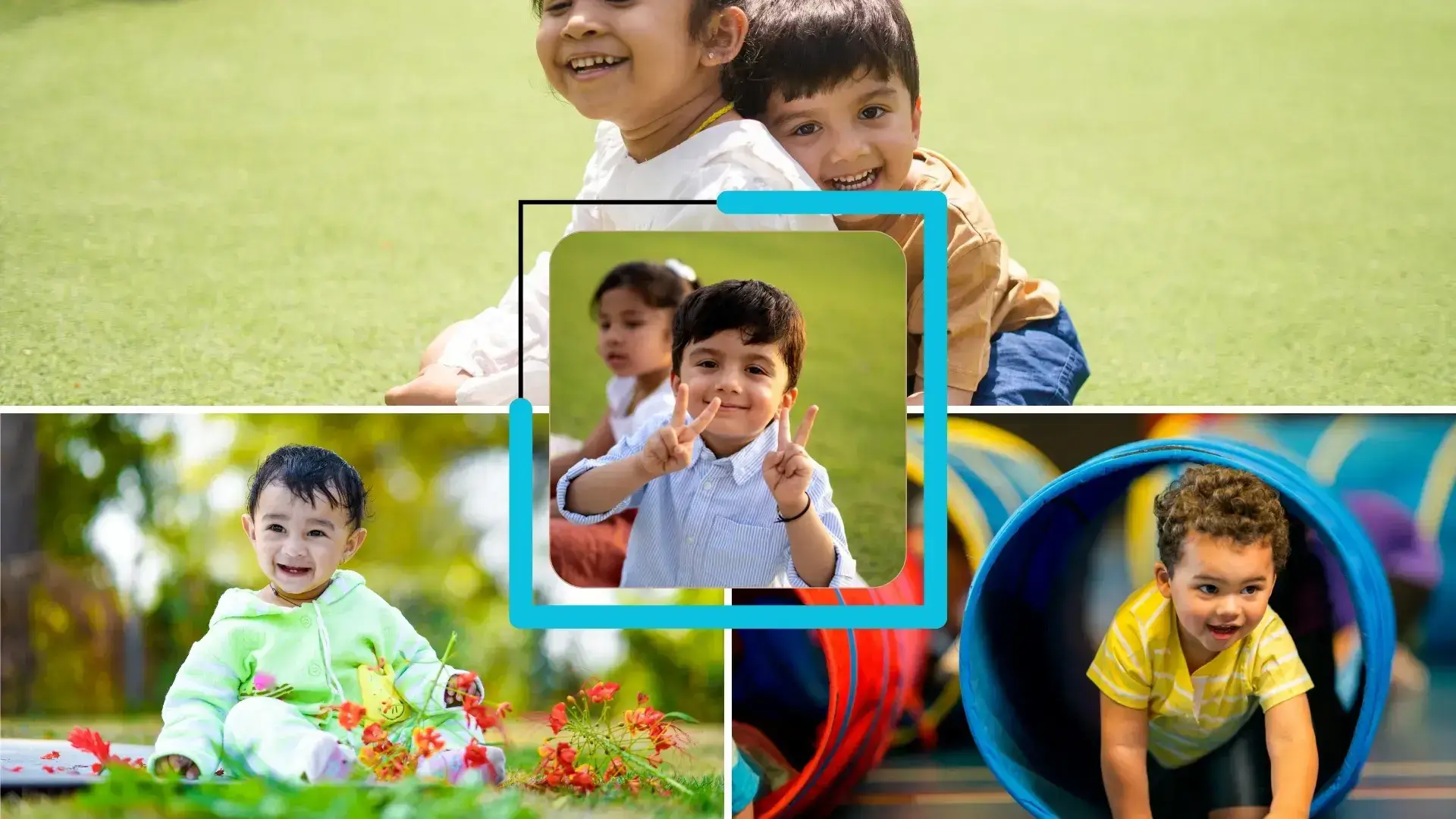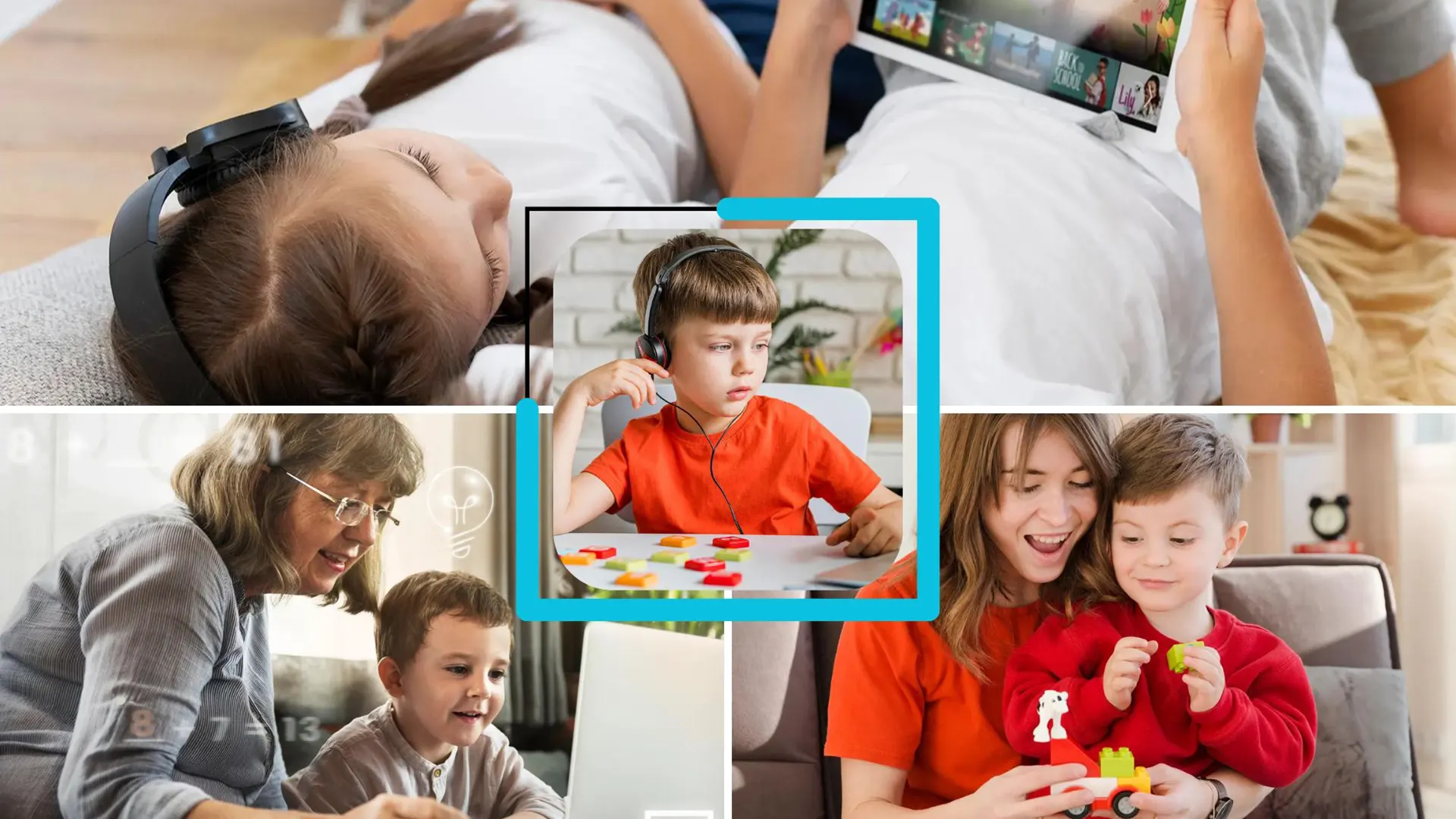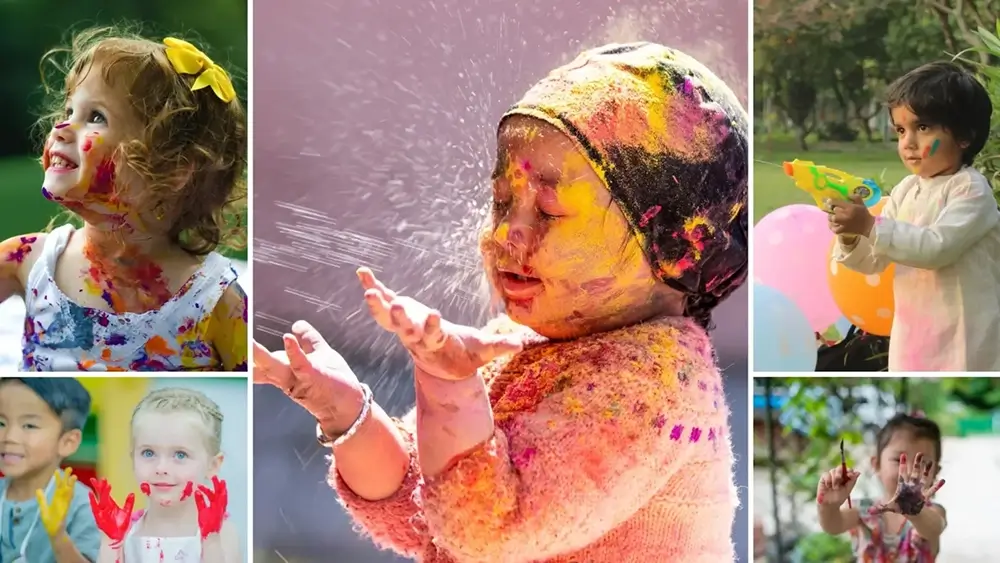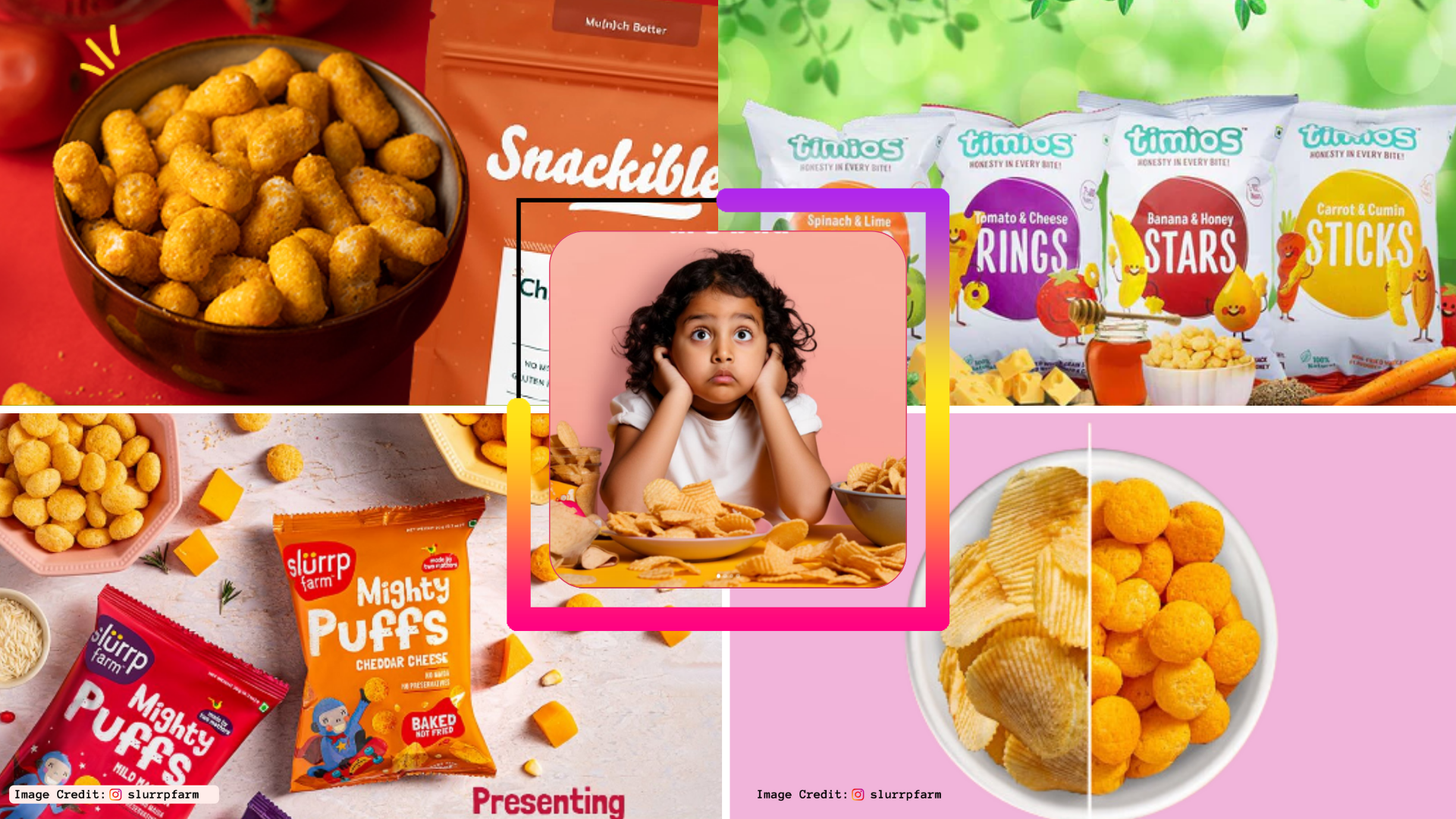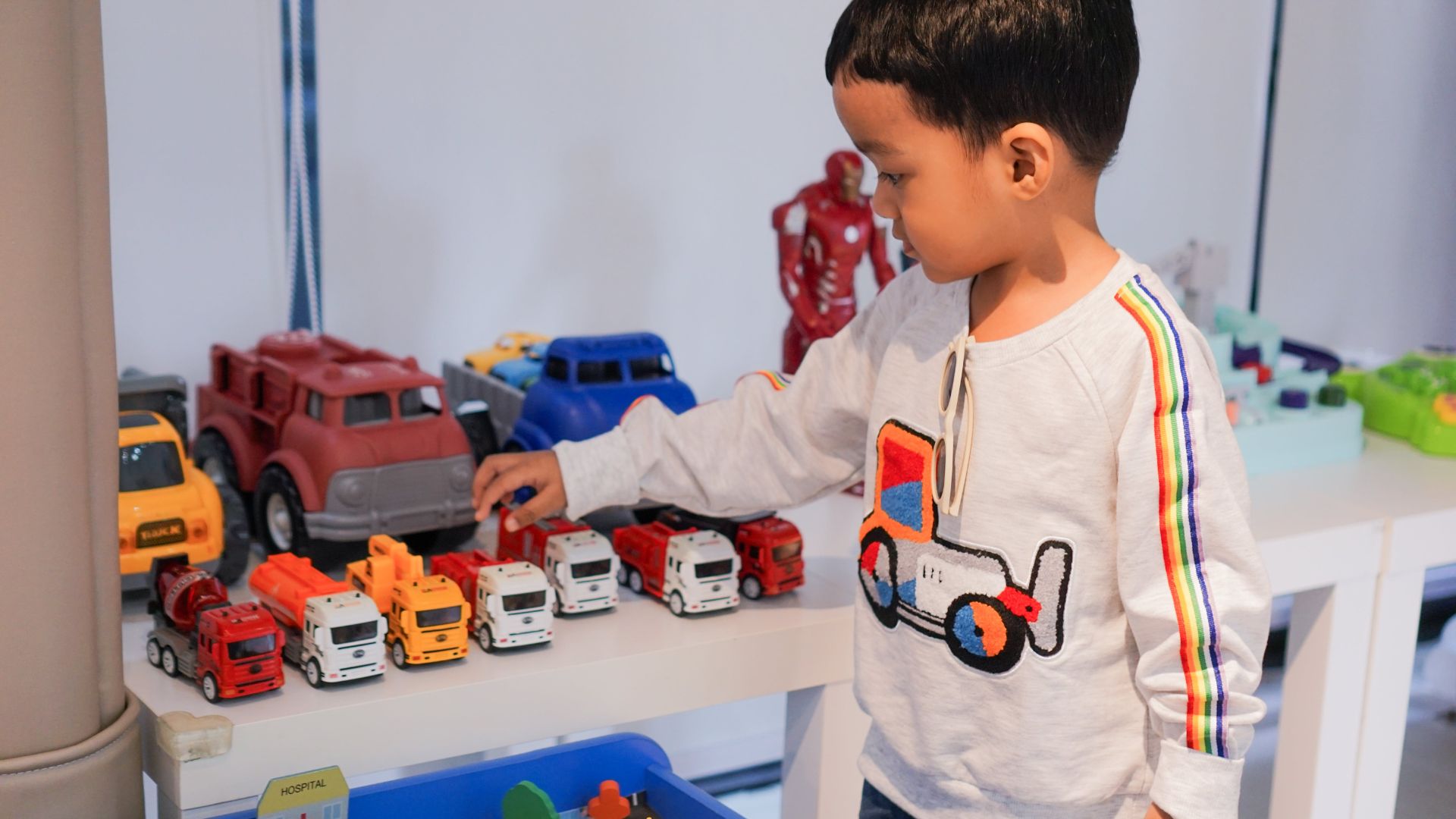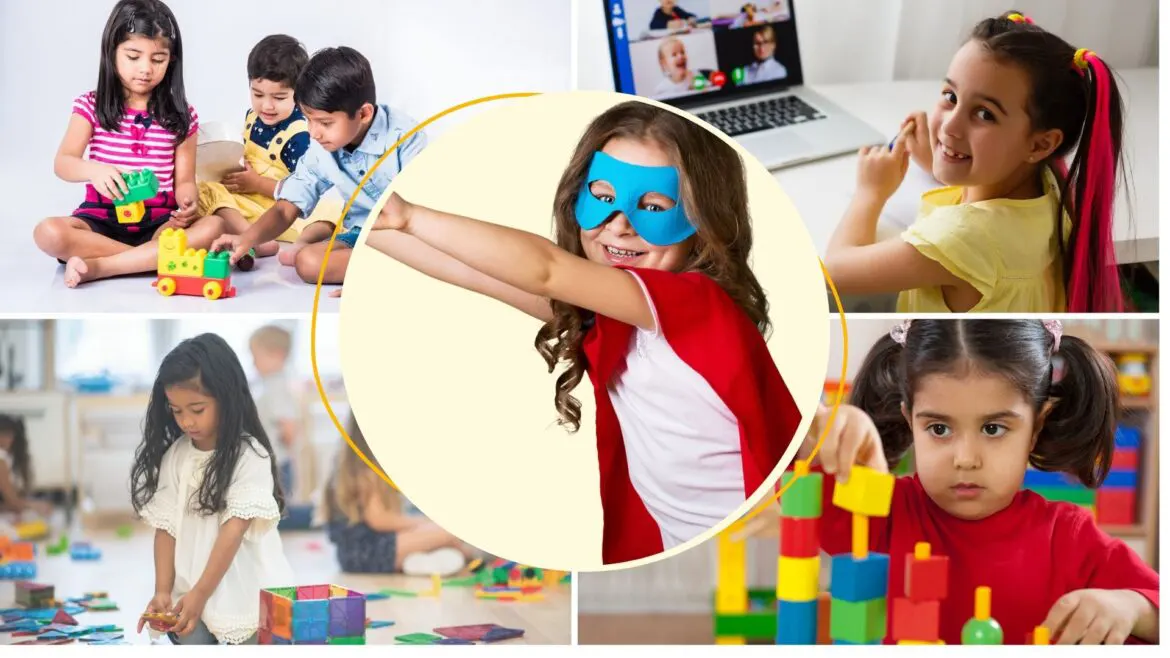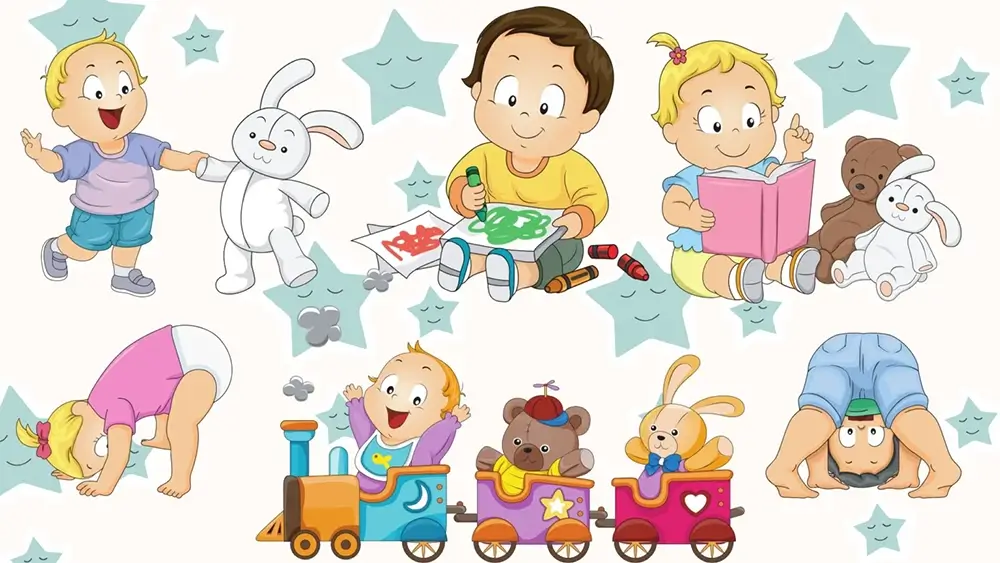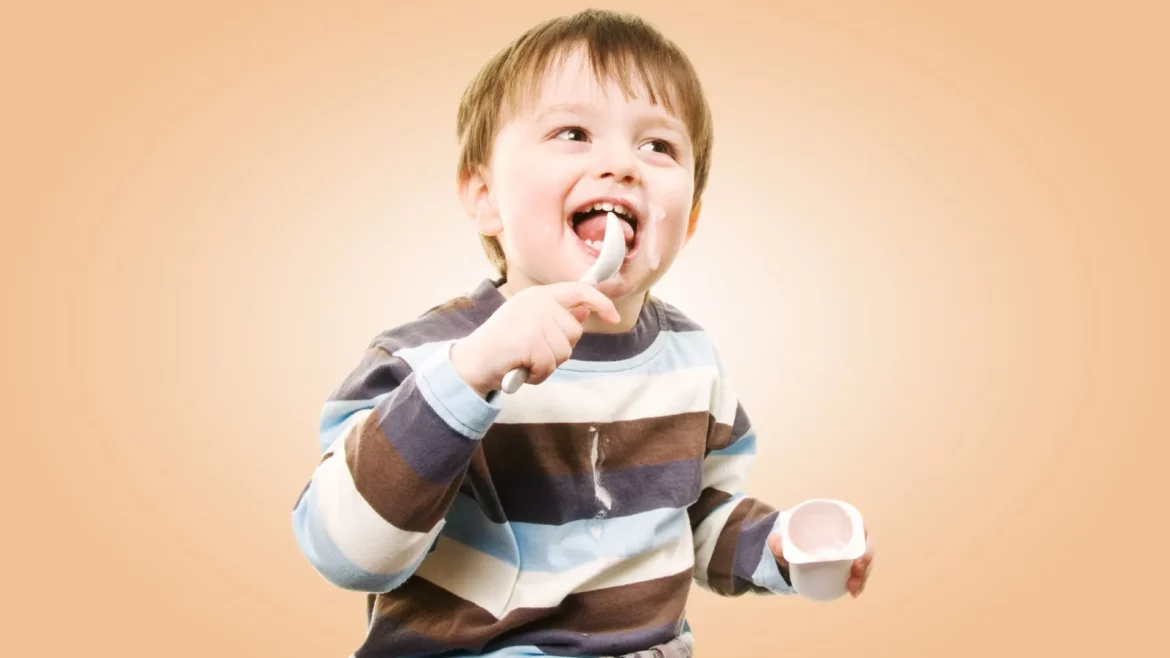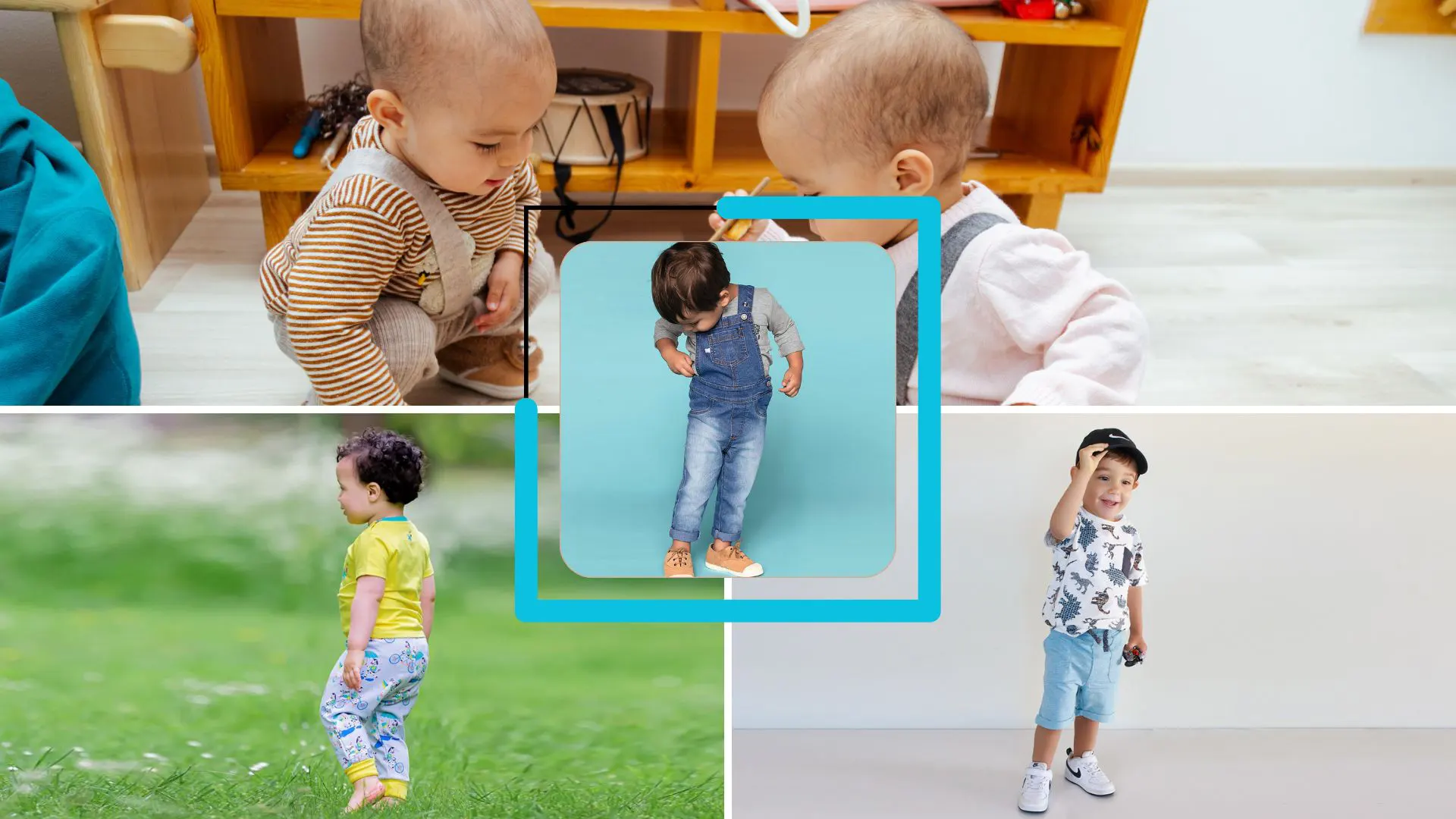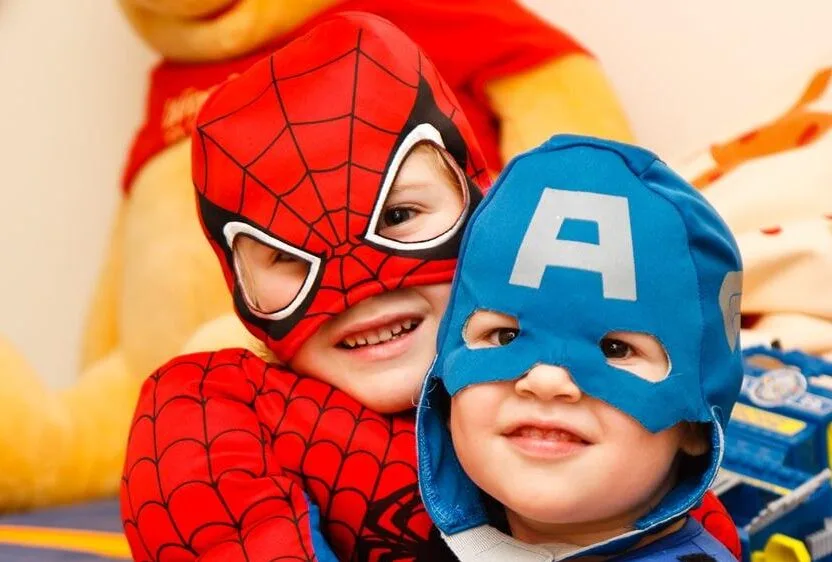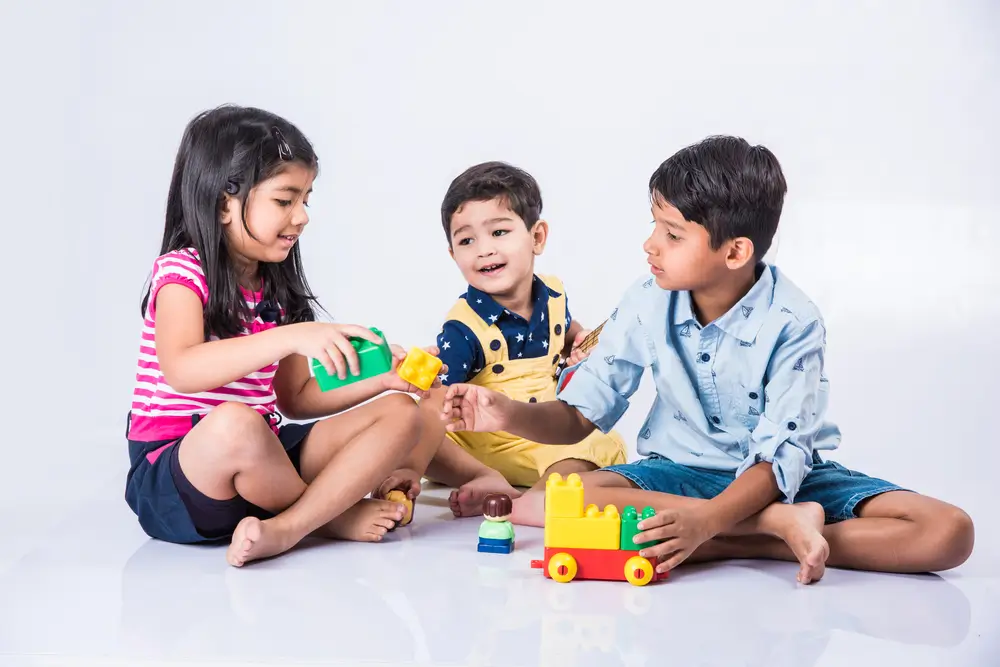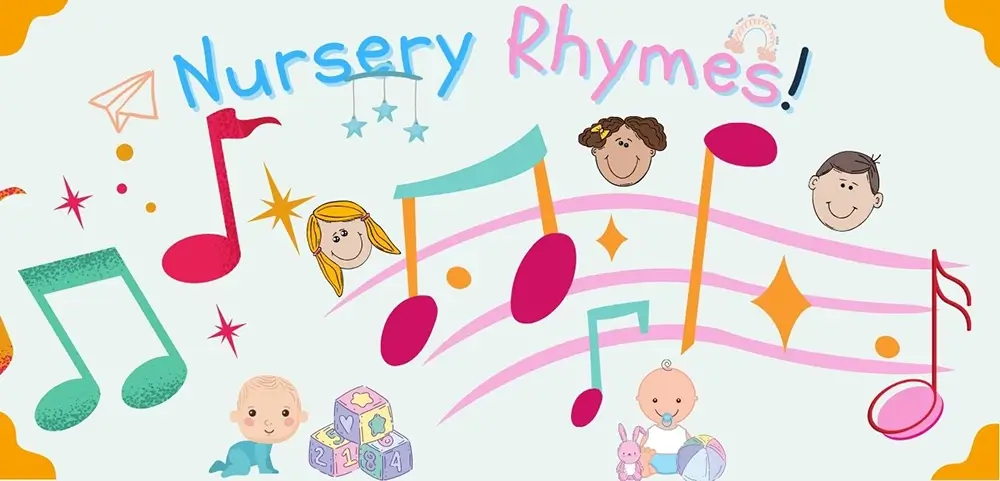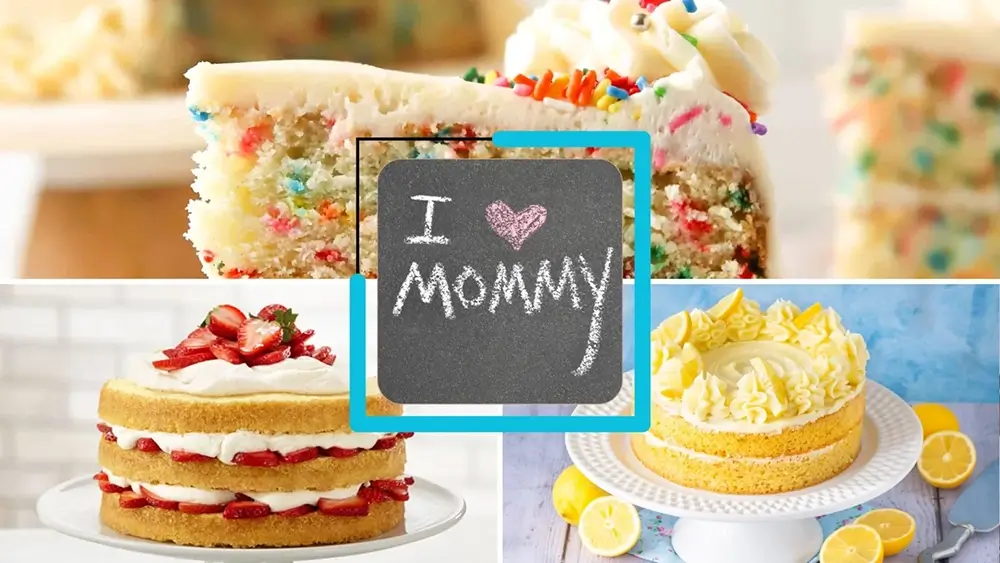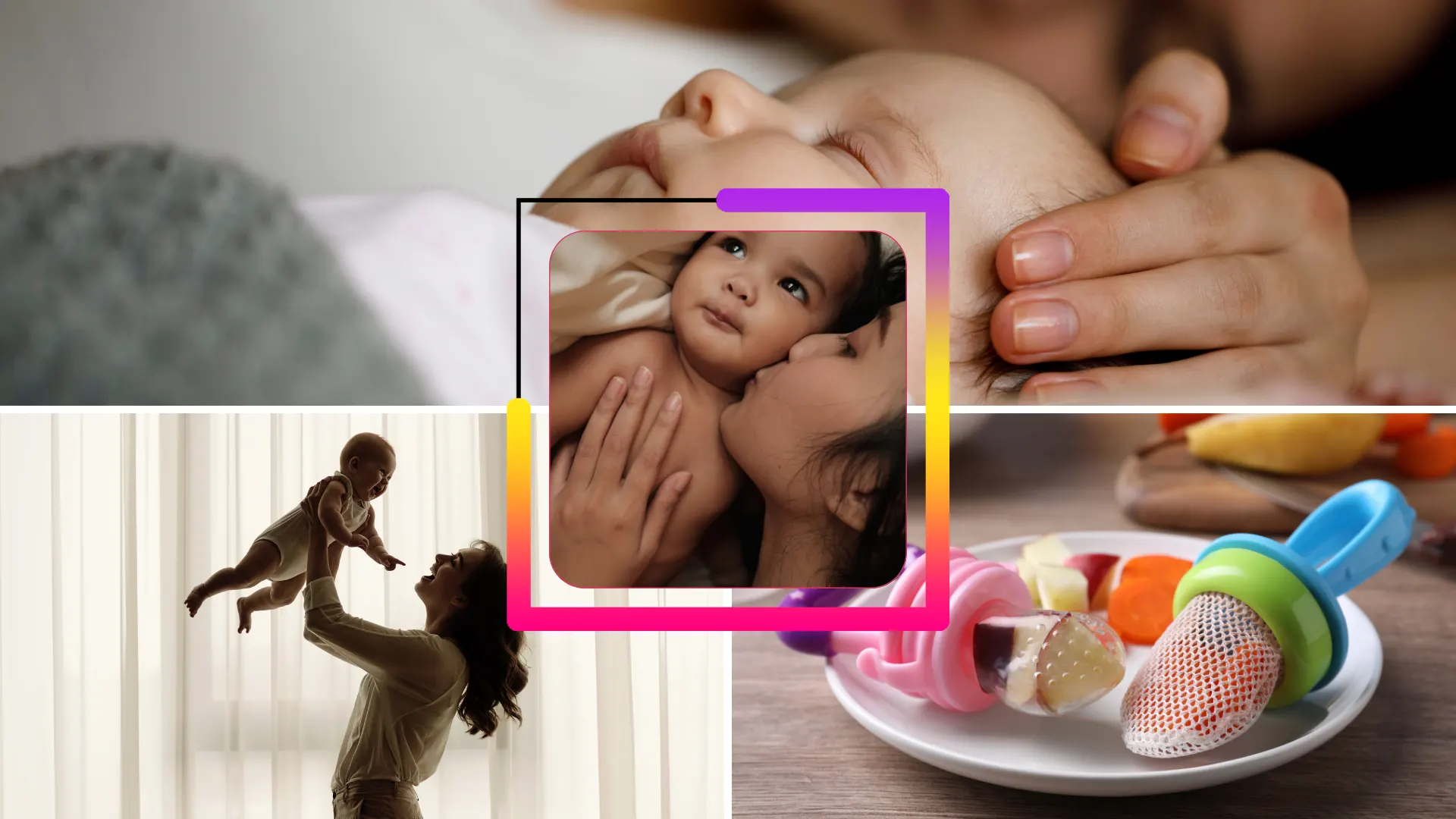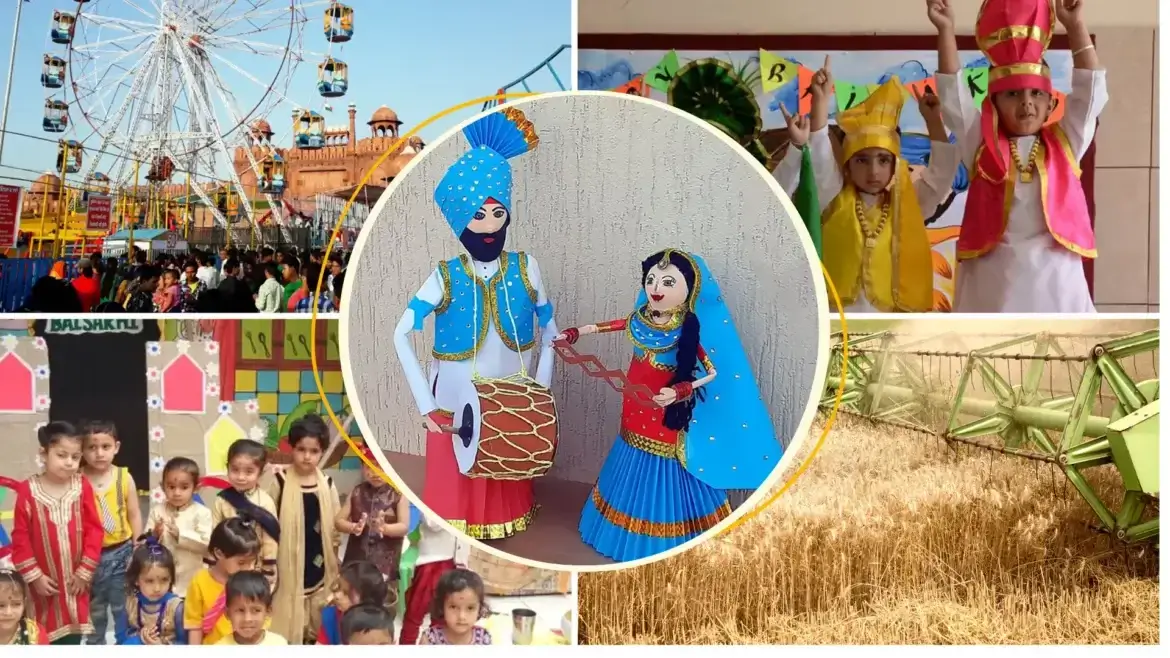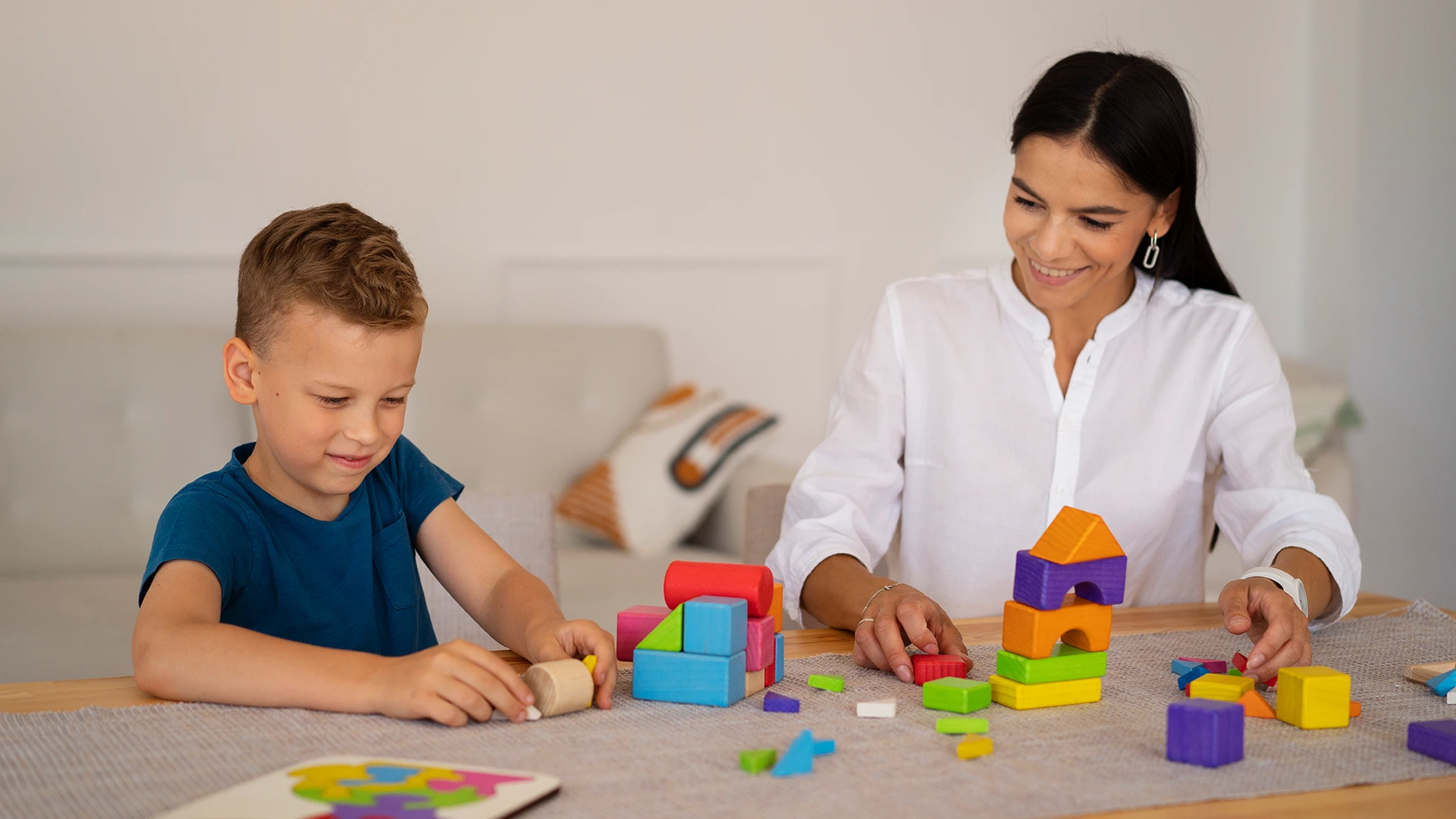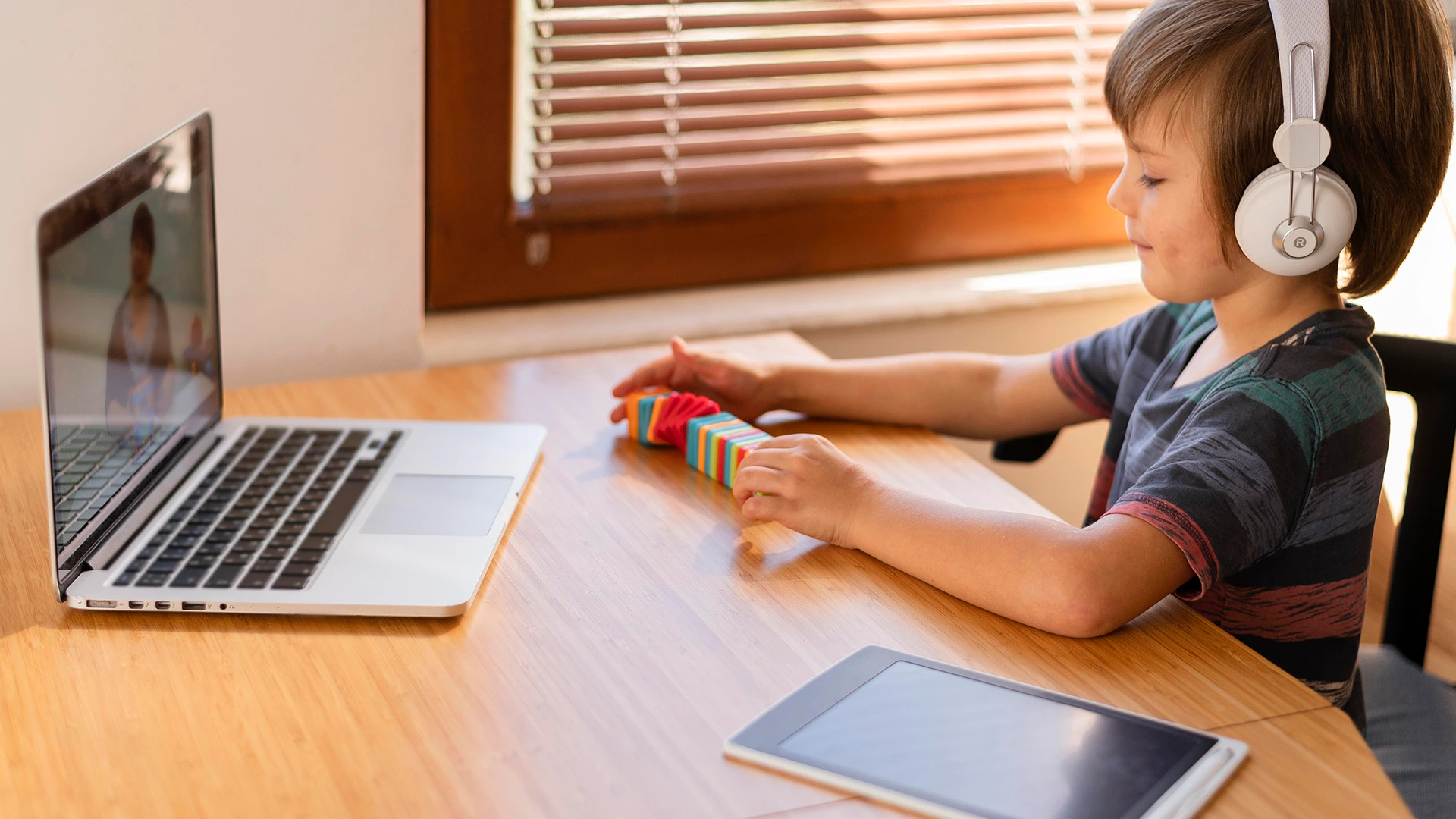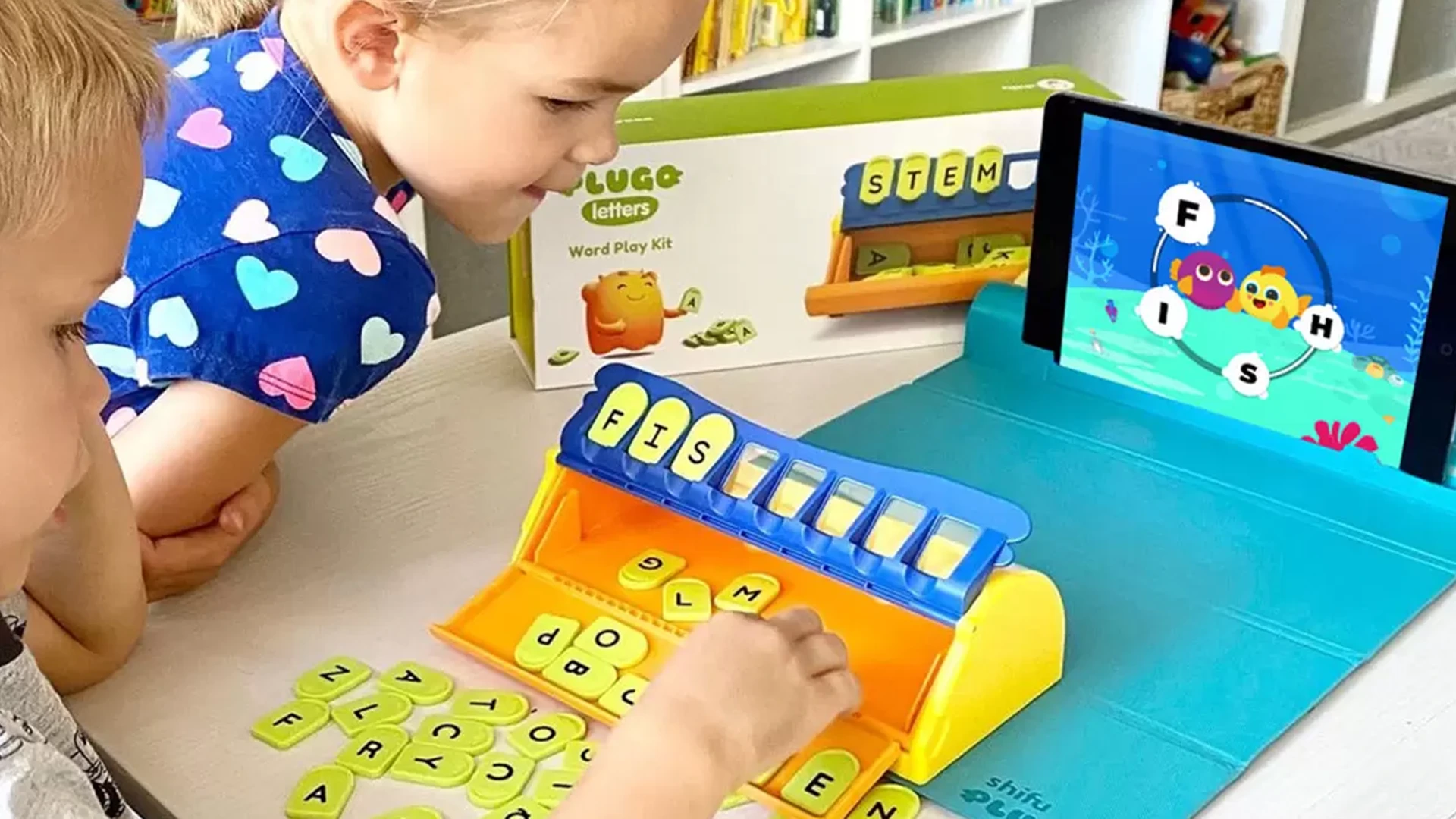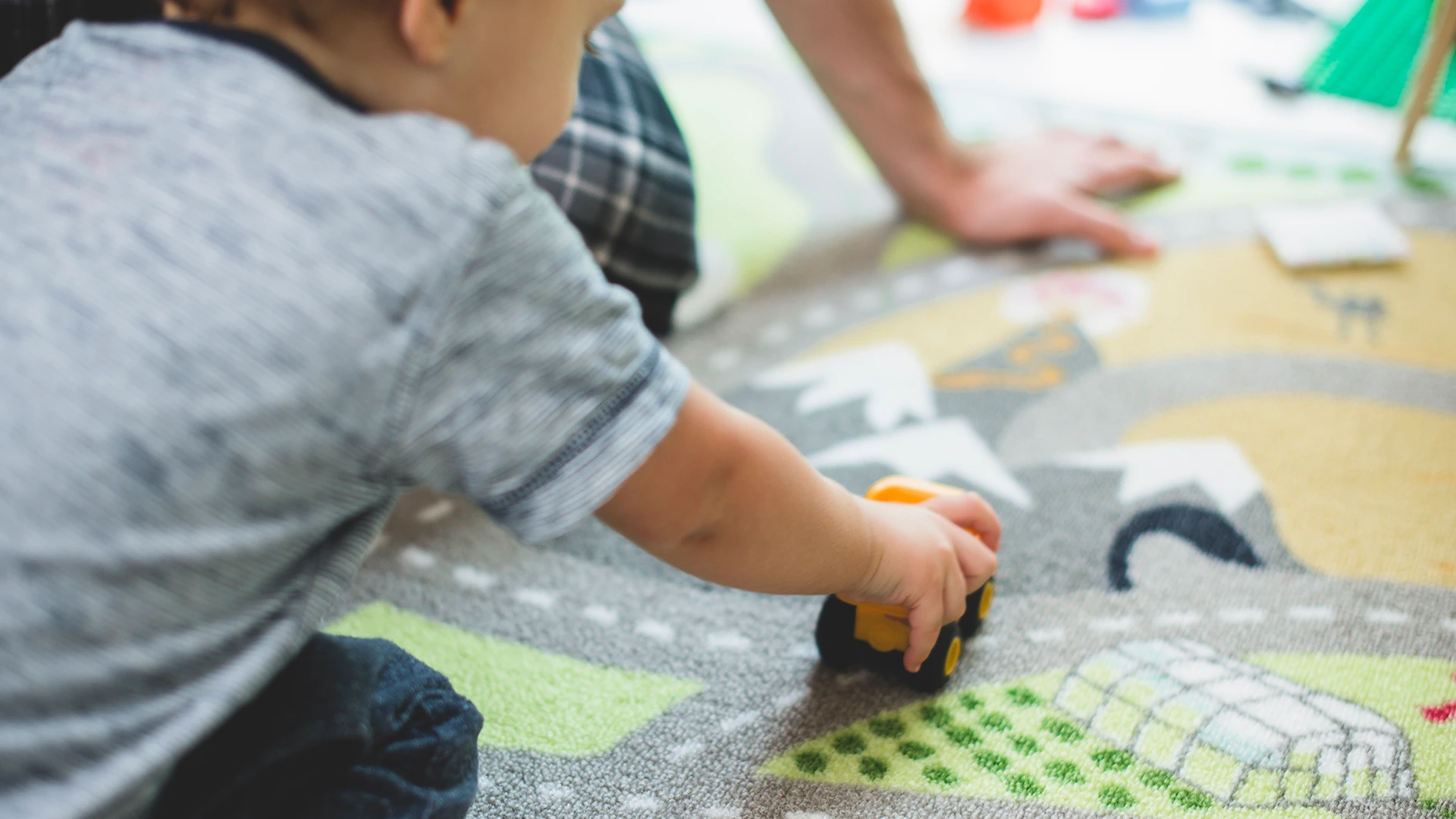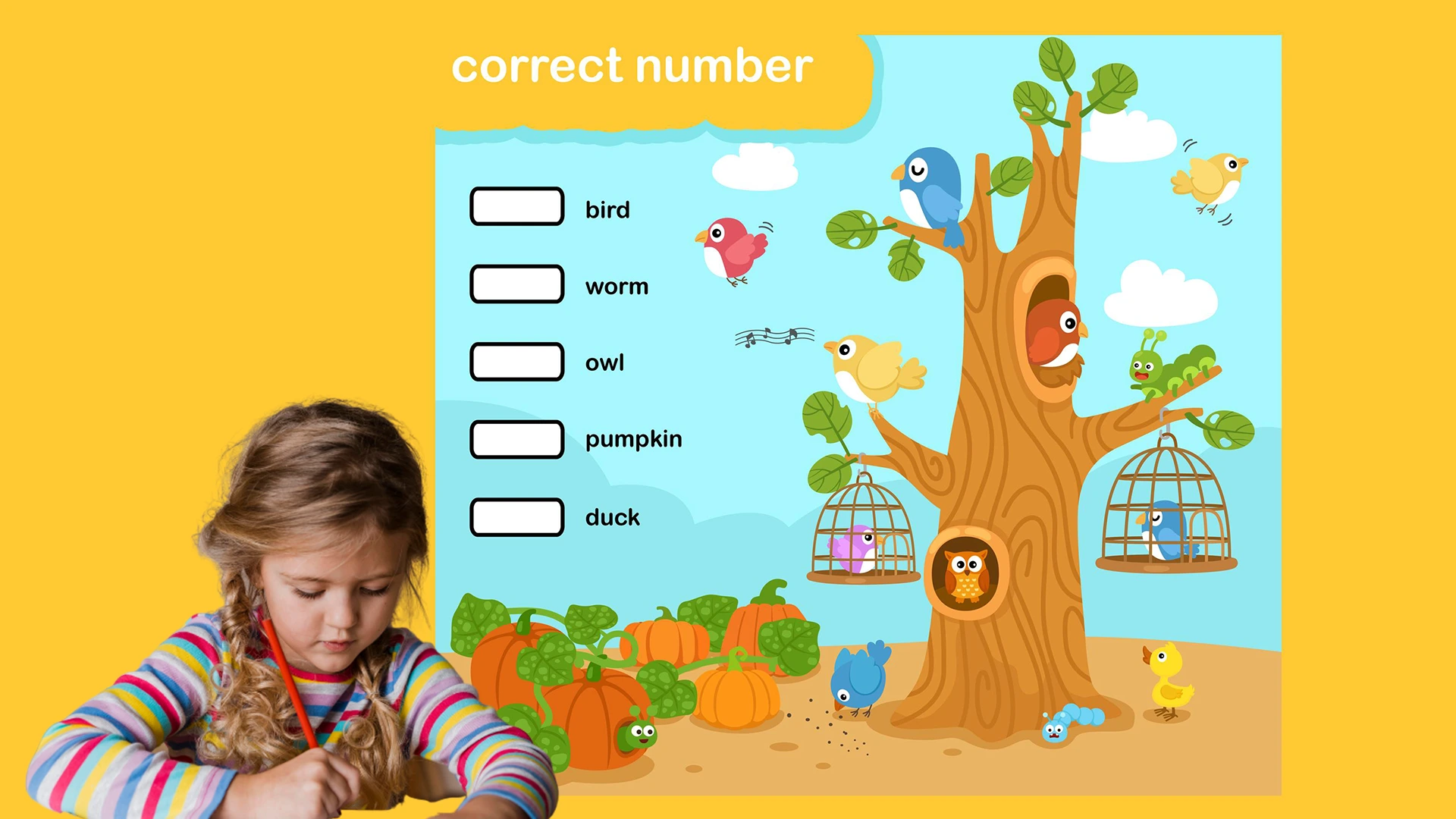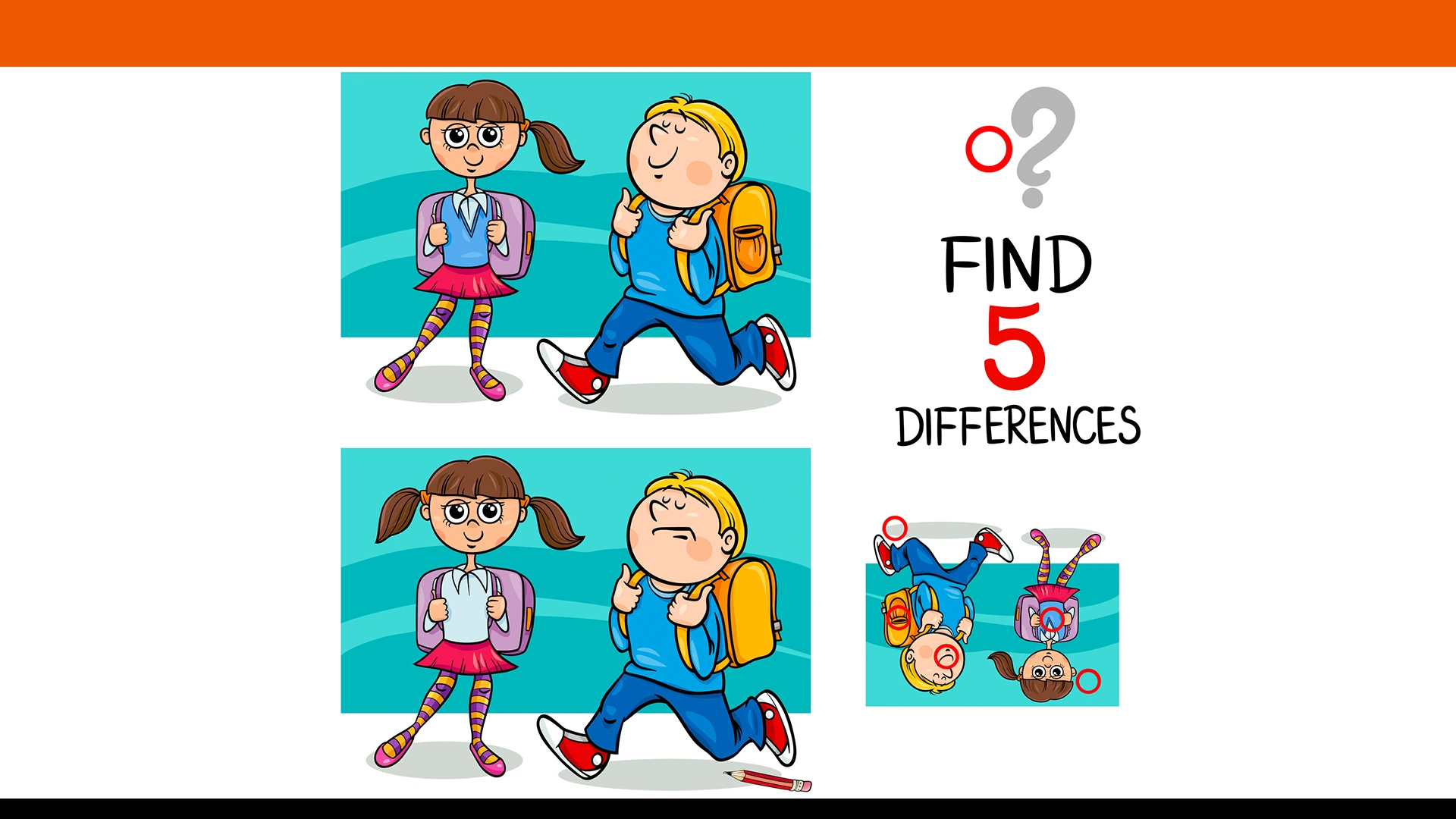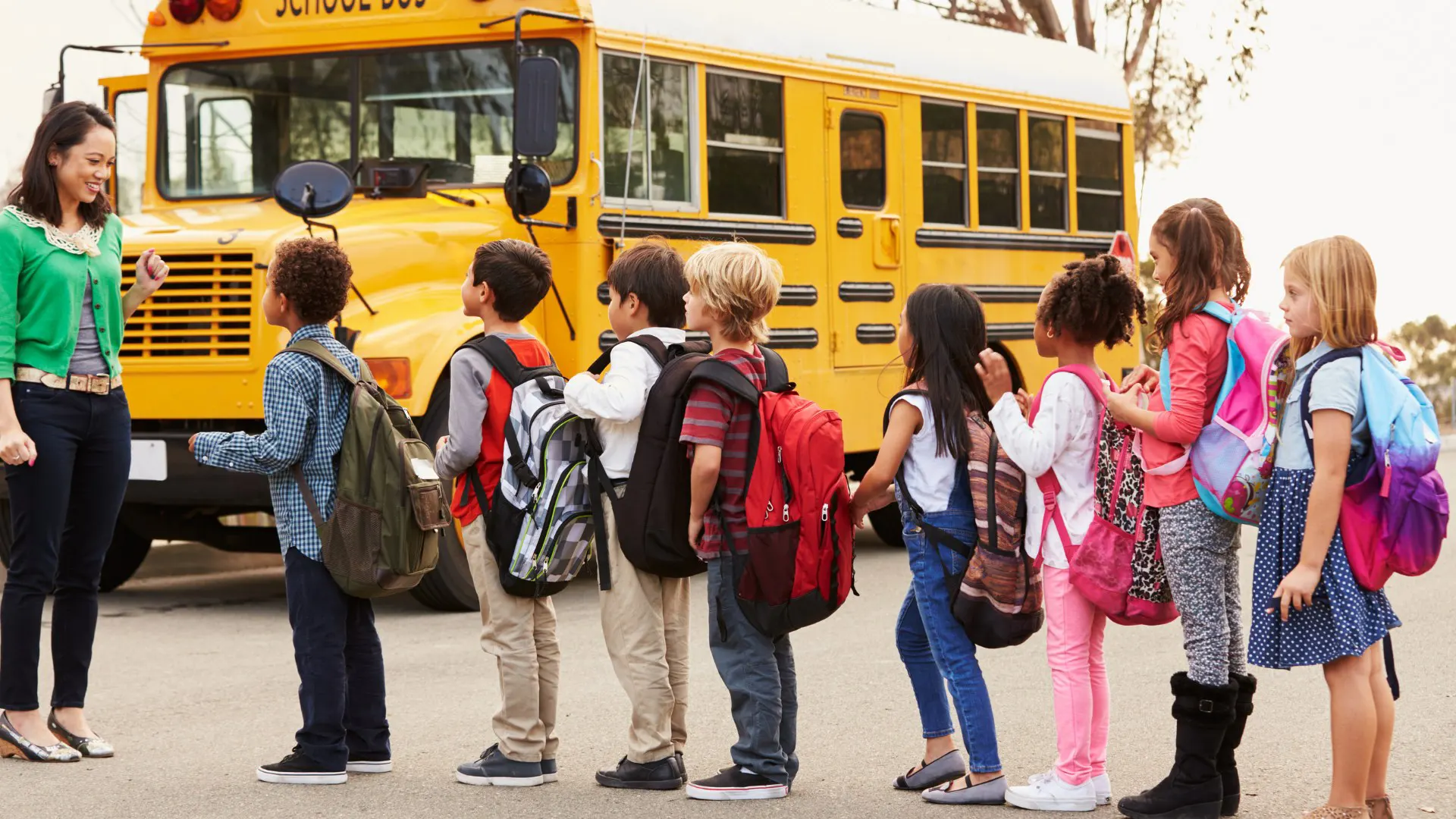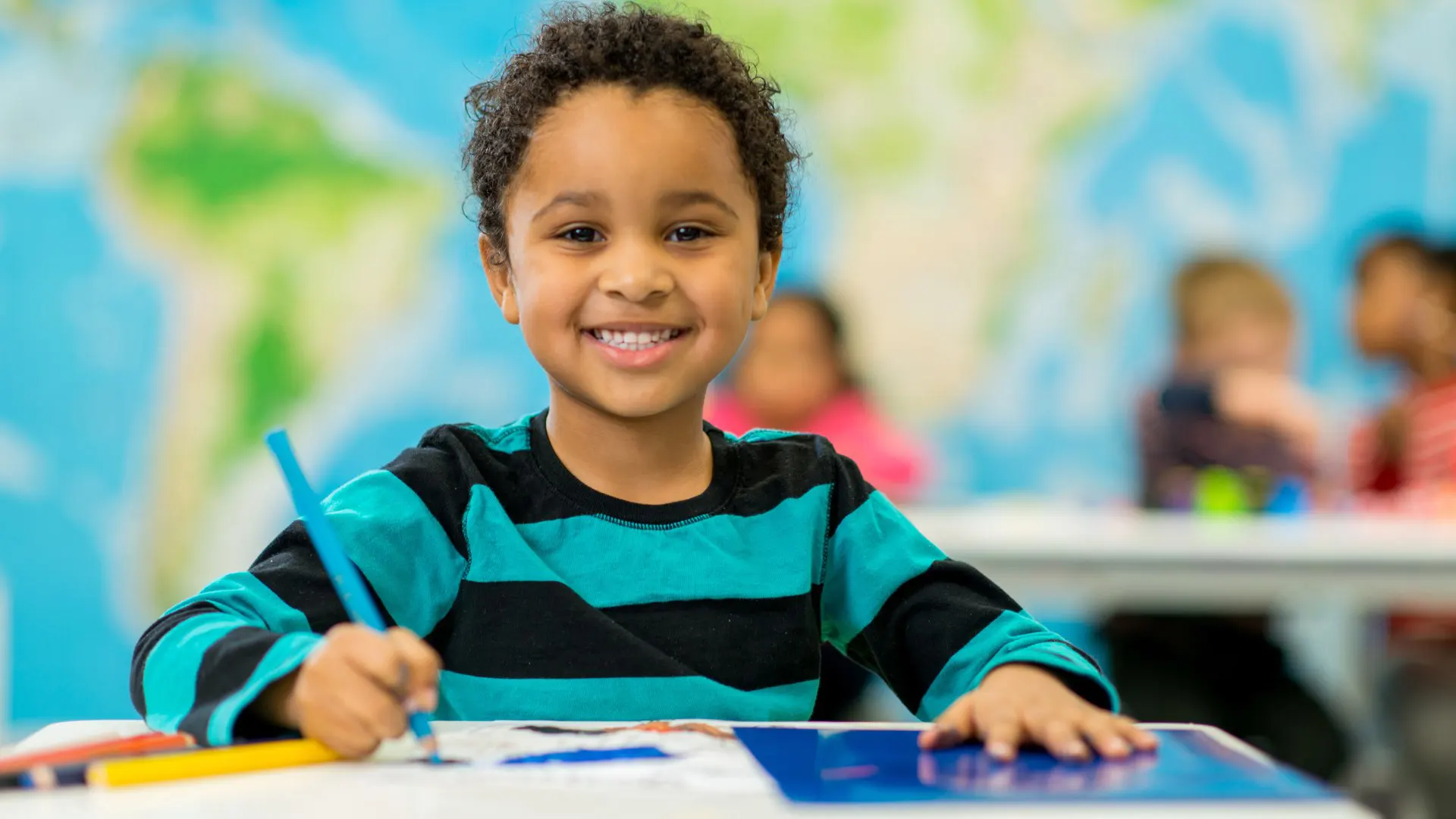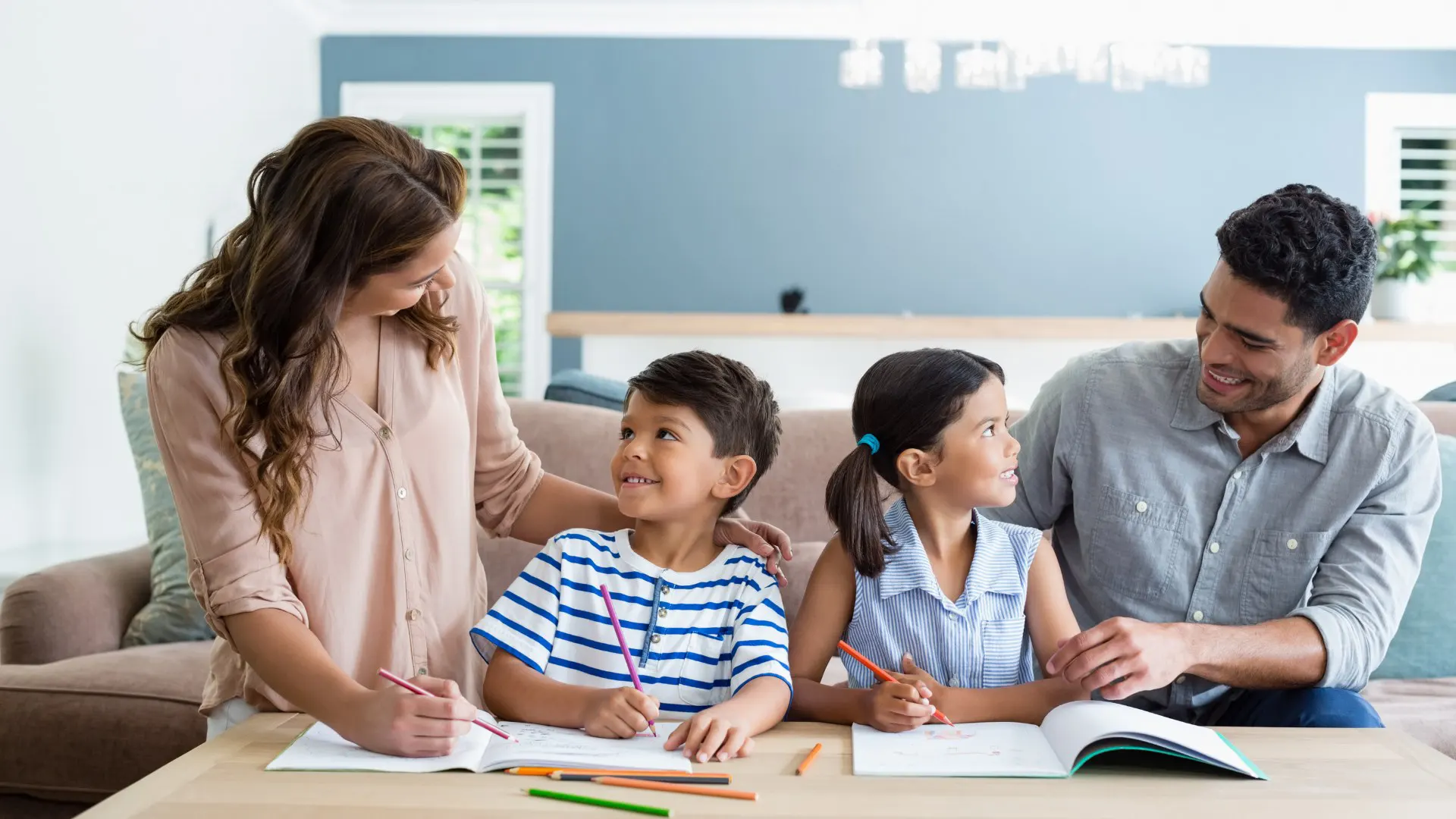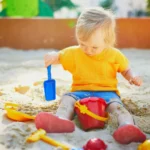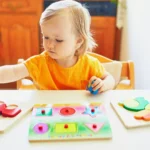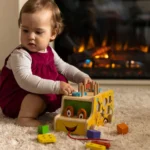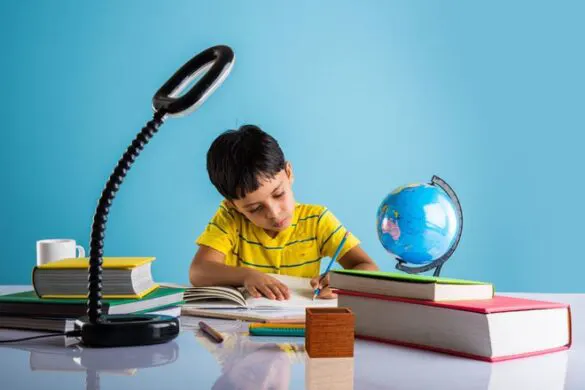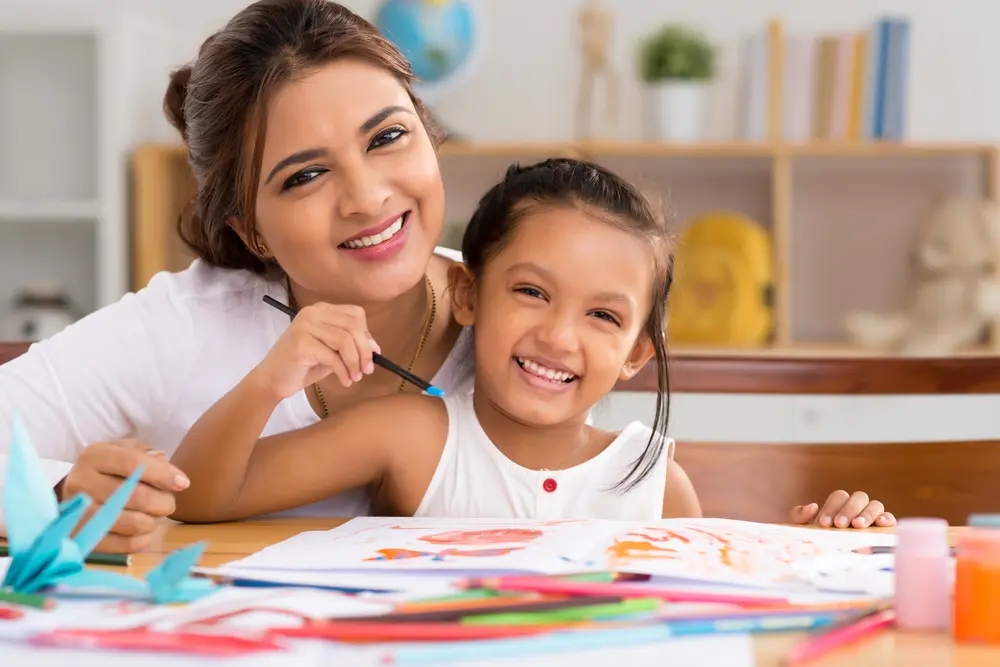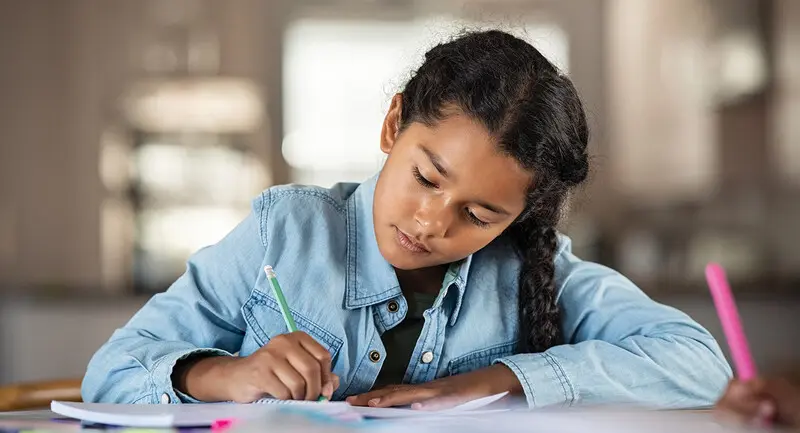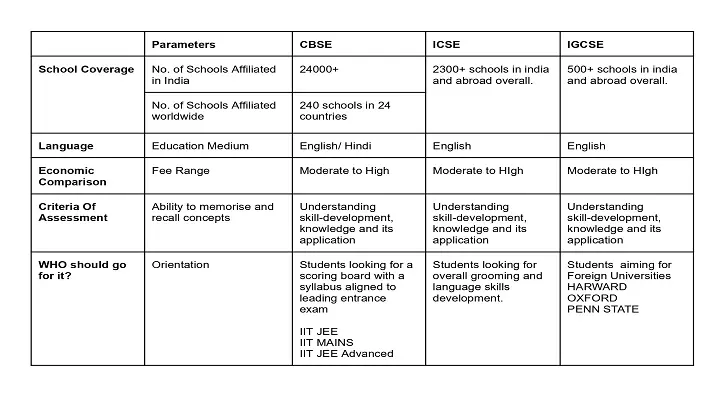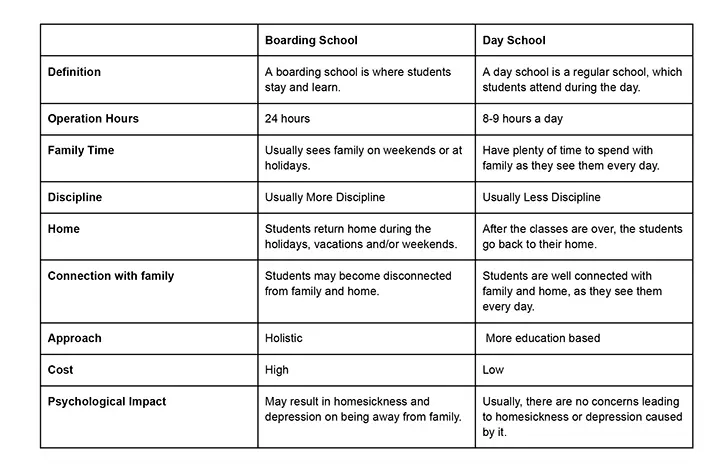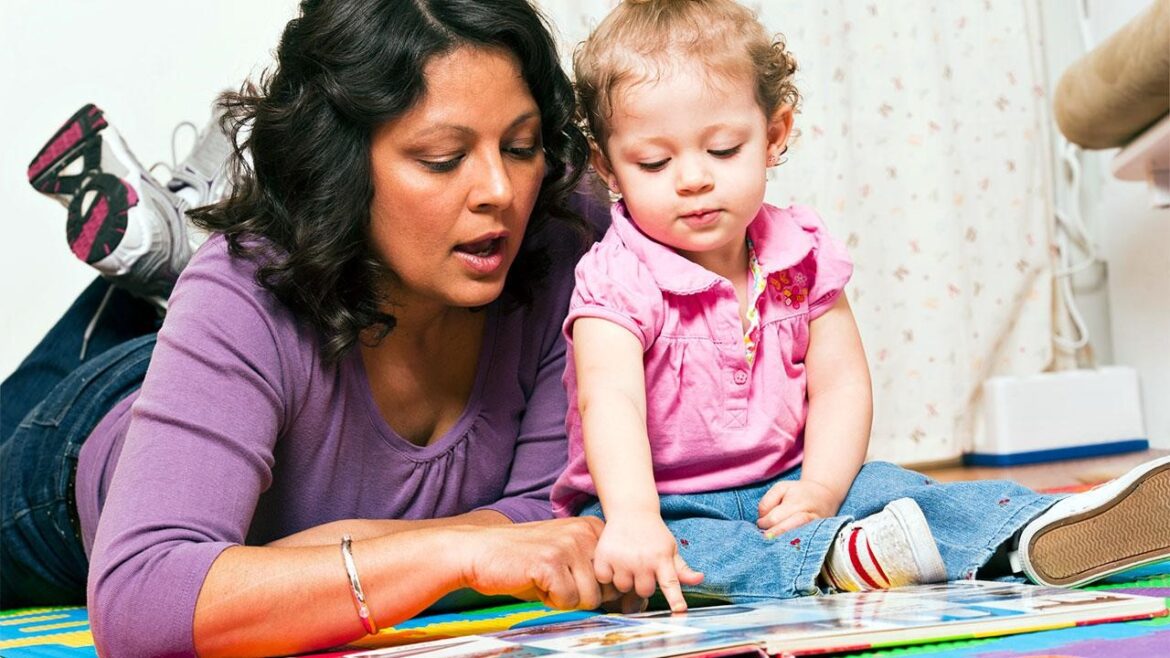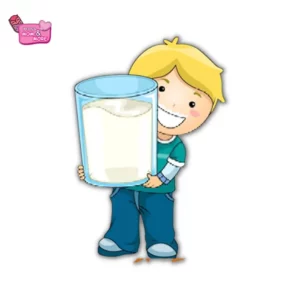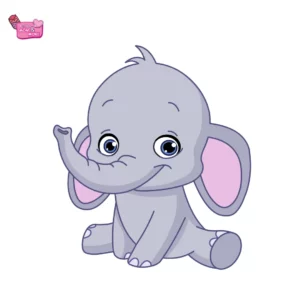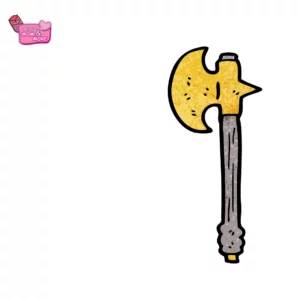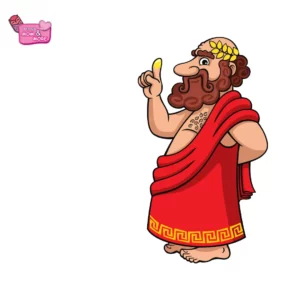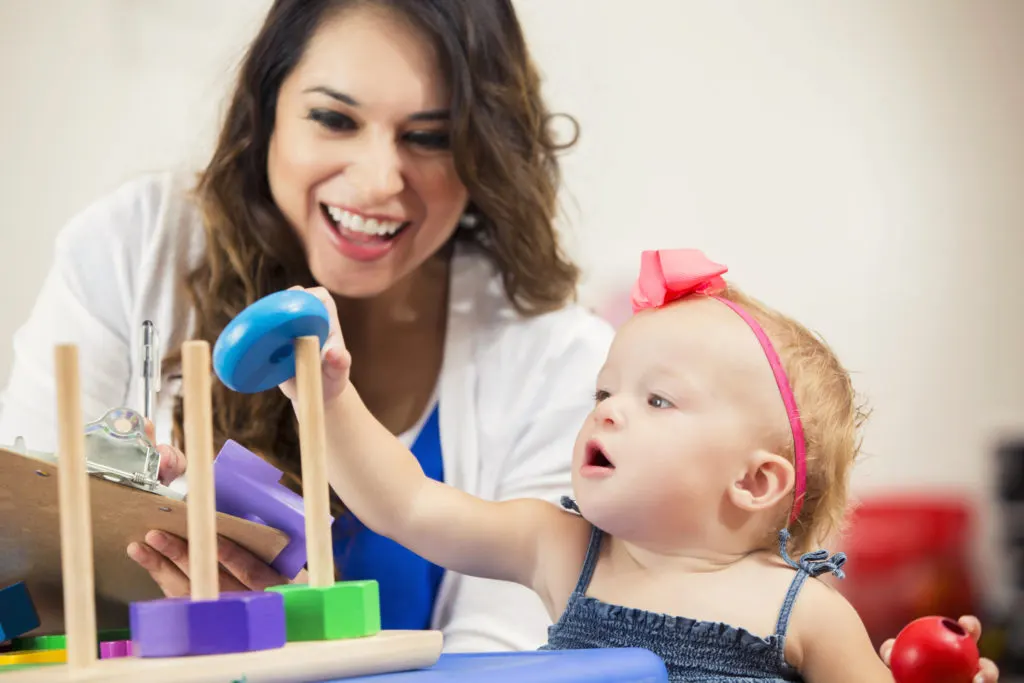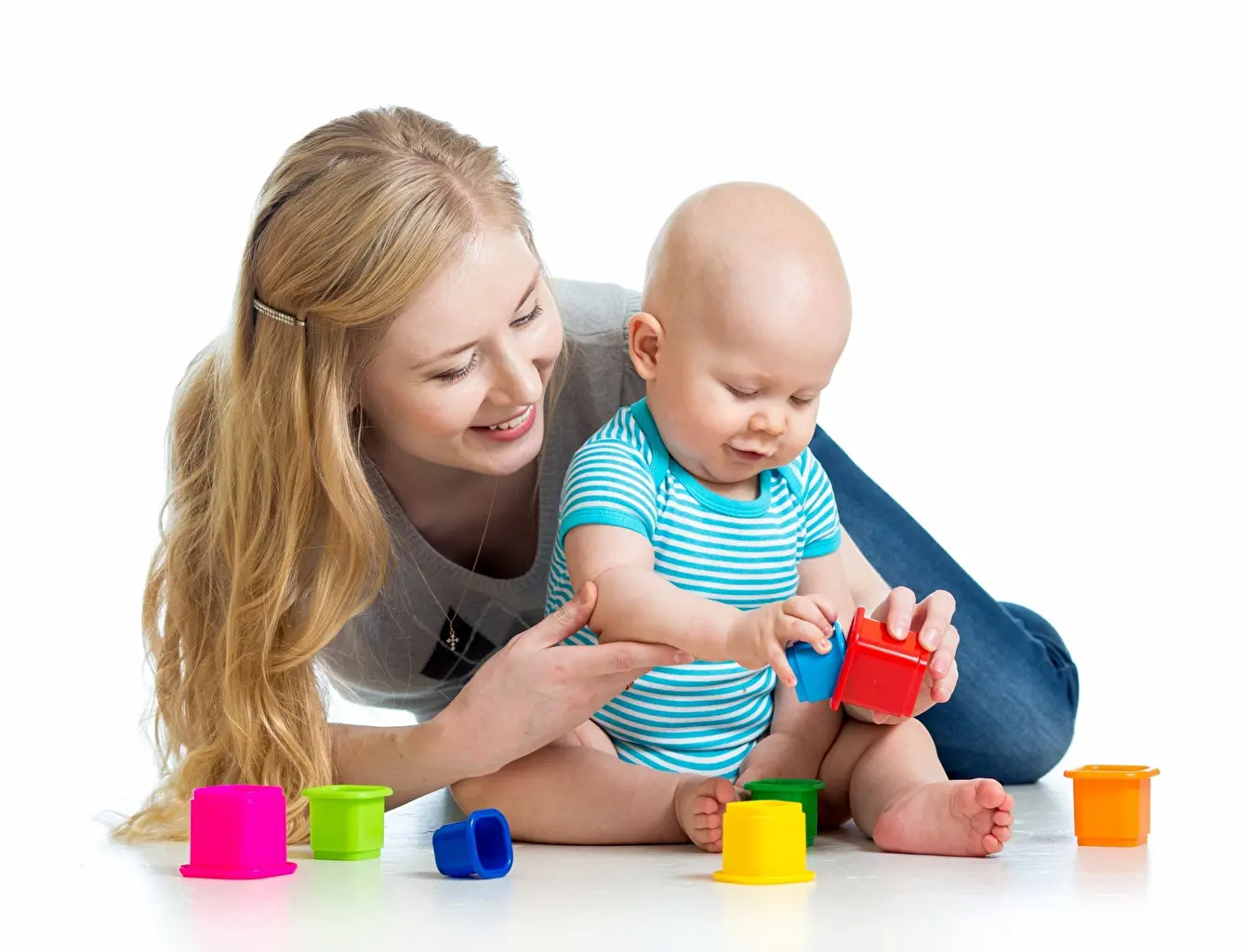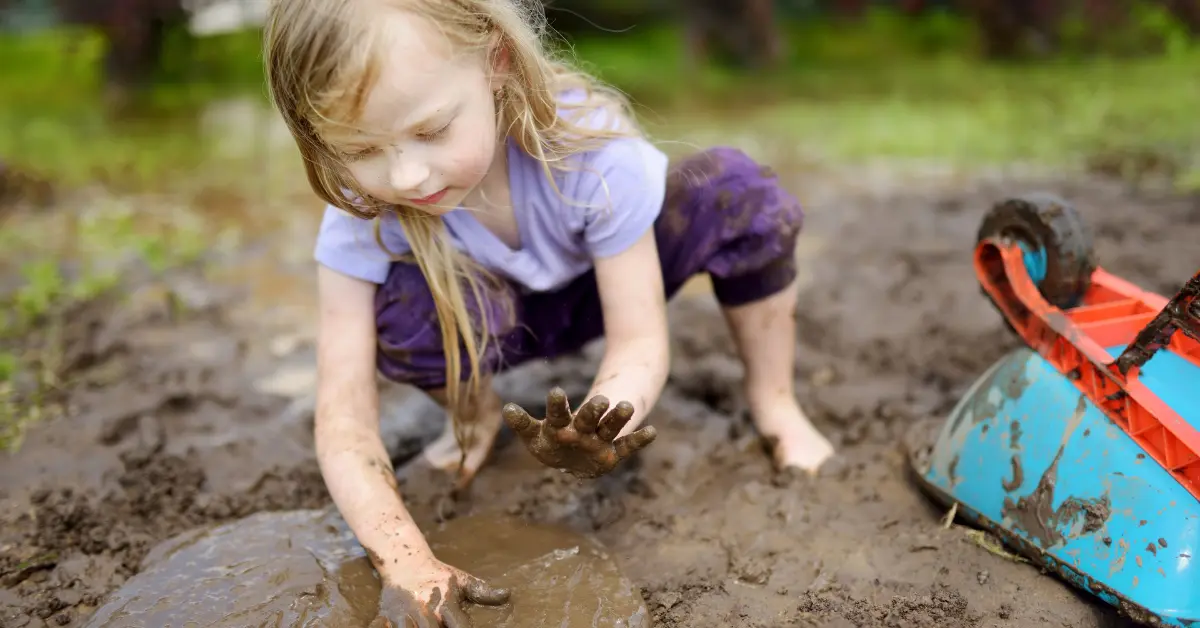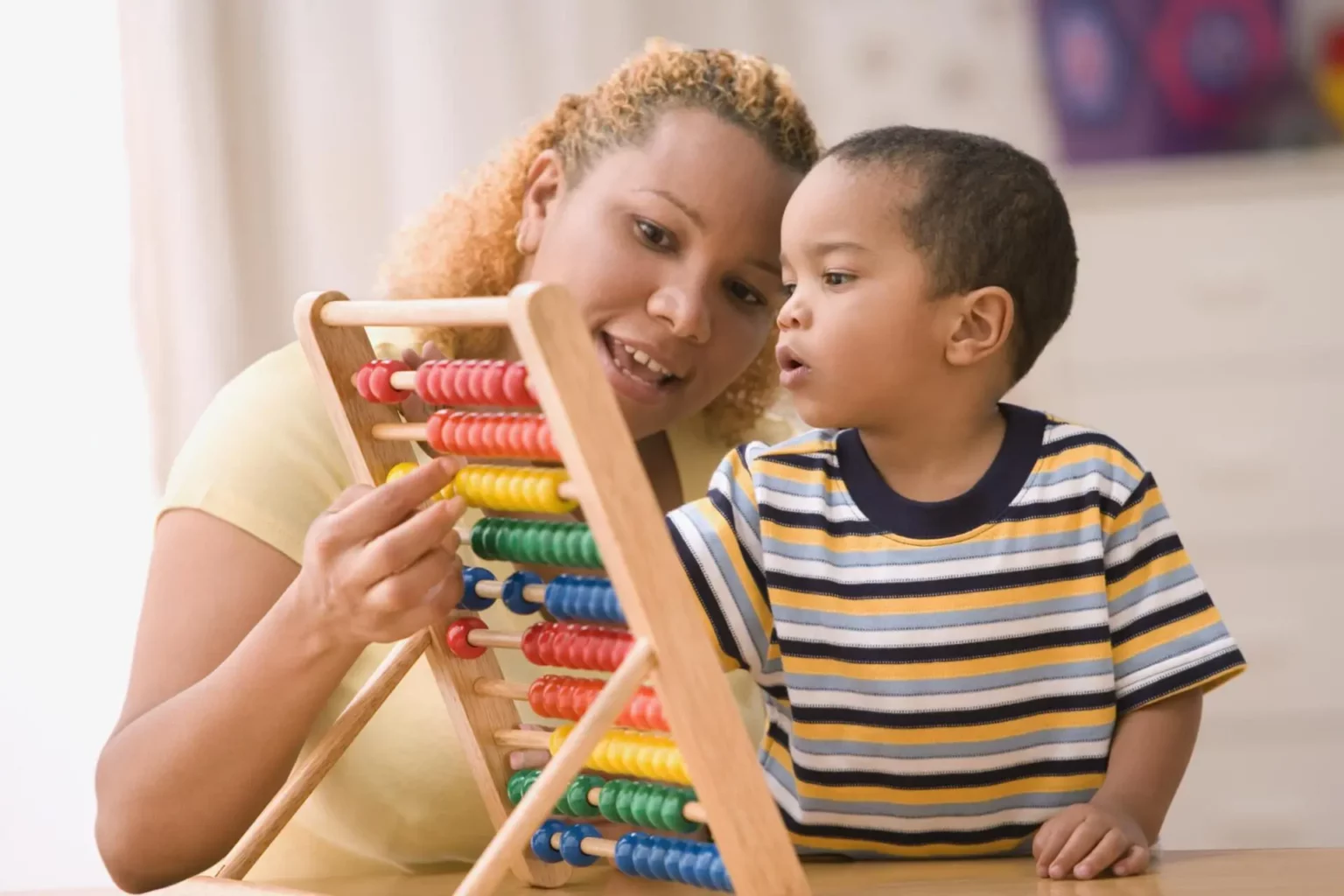Get ready to gear up for India’s vibrant festival of colours, Rang Panchami. Yes, yes, that’s Holi.
We all know how important Indian festivities are and try to teach our children the importance of our culture and faith. For Indian children, festivals are not merely a respite from school and schoolwork, but a chance for parents to involve them in festival cooking, decorating, worshipping, etc. Actively participating in all the Indian festivals helps mould youngsters’ mental processes, humility, empathy, creativity, and more for life.
Parents across the country are looking for creative ways to teach their little ones the significance of a joyful Holi celebration.
So I am here to help you with some of the essential links you can show as colourful Holi cartoons in both English and Hindi—to make this learning experience truly delightful for your children.
Let the festive journey of Holi 2025 begin!
Start the festivities with foot-tapping Holi animated videos that will set the perfect mood for your little ones. Check out these links to find catchy tunes that narrate the stories of Holi, its lively celebrations, and the joy it brings:
1. The Story of Holi | Holika Dahan Story | English Moral Stories| English Animated | English Cartoon
2. Radha Krishna’s – Holi in Vrindavan | Kids Cartoon
3. The Holi Fun | Happy Holi | Animated Stories|English Cartoon|Stories | Moral Stories
5. Holi Ka Tyohaar Hai Aaya, Rang Birangi Khushiyaan Laaya | Hindi Rhymes for Children | infobells
6. Holi Festival Mystery | Music Video | Mira, Royal Detective | @disneyjunior
Engage your children with visually appealing and informative animated cartoons that vividly portray the essence of Holi.
7. Holi Festival of Colors 🌈 Mighty Little Bheem | Netflix Jr
8. Holi Aagai, होली आगाई, Hindi Rhyme in Hindi by Tridev
9. Aayee Holi Re – Holi Song 2019 | Videogyan Hindi Rhymes | Holi Songs For Kids
10. Holi Aayi Holi Aayi | Festival Song
11. Rangbirangi Holi Song | Hindi Rhymes for Children | Infobells
12. Chhota Bheem and Krishna – Rango se Bhari Holi | Holi Special | Hindi Cartoon for Kids
Dive deeper into the celebration of Holi with your kids and explain the culture of this festival. Use these resources to help your children understand the splashes of colour:
13. Holi Hai Bhai Holi Hai | Holi Song 2018 | होली का गीत Videogyan Hindi Rhymes | Holi 2018
14. 😃 Holi Aayi | होली आई | Holi Songs for Kids | Happy Holi Video
15. Holi Me Mach Gaya Dhamaal | Hindi Festival Song For Kids
16. Chhota Bheem – Rangon Ka Tyohaar | Holi Special Video | Cartoons for Kids
Get hands-on with your kids and indulge in some Holi-themed crafts and activities. From making colourful rangoli to creating DIY water guns, these links provide a plethora of creative ideas to keep the festive spirit alive.
17. Happy Holi I Holi for kids | Jalebi Street | Full Episode
18. ChuChu and Chiku are Best Friends Forever – Holi Festival Episode – ChuChu TV Storytime for Kids
19. Gattu, Holi and Pichkari | Holi Special | Animated Stories | English Cartoon | Moral Stories
20. Vir The Robot Boy New Episodes | Bura Na Mano Holi Hai | Robot Ki Kahani | Hindi Cartoons | Wow Kidz
21. Holi Hain Ep – 74 – Pyaar Mohabbat Happy Lucky – Hindi Animated Cartoon Show – Zee Kids
Celebrate the hues of love, unity, and togetherness with your family, and may this Holi be a memorable and educational experience for your little ones!
Happy Holi!
